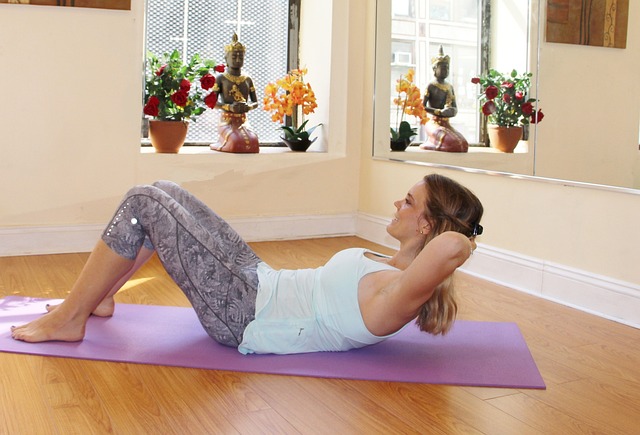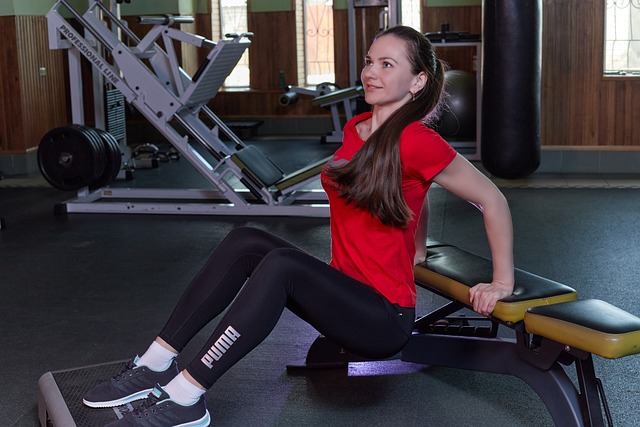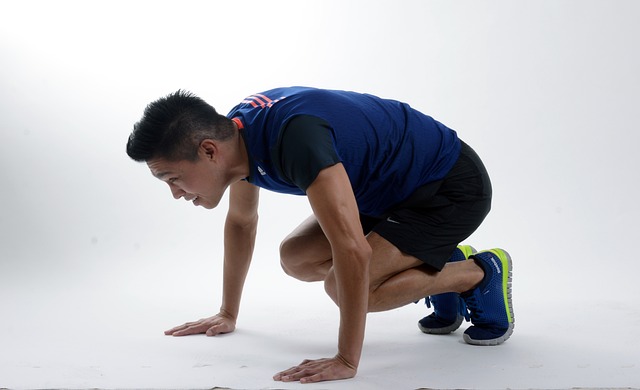Calisthenics exercises are traditional kind of physical workout. These bodyweight workouts use body movement that is more or less grounded in one area and require little to no equipment. While some of these exercises have been pushed aside by trainers in favor of flashier techniques and trendy equipment, calisthenics provides an excellent, accessible full-body workout.
When combined with a regular exercise program, calisthenics specifically improves muscle building, flexibility, and endurance. Furthermore, many of these traditional “gym class” exercises have been repackaged into modern “boot camp” training regimens if you look closely. Here are ten essential calisthenics routines to include in your workout routine.
Burpee
When done correctly and with high intensity, the Burpee, the exercise with a humorous name, is a hard workout. This truly qualifies as a full-body workout. Go through the following movement as quickly as you can while maintaining proper form.
Begin by standing and squatting, placing your hands on either side of your feet. Then, thrust the legs out to the side, recover to standing, and leap into the air, hands thrusting upward. Repeat for the appropriate duration or number of repetitions.
Push up
To make your pushups more difficult, change the location of your hands, such as placing them closer to the body, forming a triangle under your chest, or alternately lifting each palm up. To make them easier, perform them with your knees on the ground. Pushups are essential in any calisthenics exercises, regardless of style.
Tips
Don’t take the lead with your chin. Throughout the action, keep your head down and your neck in harmony with the rest of your body.
Sagging in the center should be avoided. If you do, bend your knees.
Stability can be improved by strengthening the core.
Jumping Jack
The jumping jack is one of the popular calisthenics exercises that gets the heart rate up. Begin from a standing position. Leap up, extending your arms out to the sides above your head. When your feet touch the floor, return to a standing position with your arms down and your legs together. Continue this cycle for a given amount of time or number of repetitions.
Jumping jacks are an old favorite, especially for children just starting out with calisthenics. They improve rhythm, balance, and cardiovascular fitness.
Squat
Without weights, you can execute two-legged, one-legged, half-way, complete squat to the floor, arms crossed, arms outstretched, and arms aloft. With a sumo squat, you can keep your feet together or spread them wider. Try them all since they all help to improve lower-body strength and endurance. But be careful not to overstress the knee joints.
Squatting Safety Tips
To keep your body safe and healthy, safety and appropriate form are essential:
Make sure your knees are lined up with your toes.
Throughout the exercise, keep the head and neck in a neutral position, the shoulders back, and a natural arch in the lower back.
And make sure to keep your weight over your ankles and your heels on the floor.
Remember to send your hips back instead of your knees forward.
Lunge
Now for some much-needed slumber. The lunge is an excellent workout for the buttocks and legs that do not require a lot of high-intensity effort.
To add diversity, do them forward, backward, sideways, or at a 45-degree angle. Walking lunges might help increase cardiovascular heat. For extra burn, try pumping deep in a lunge between reps. Lunges are also a wonderful, energetic method to warm up.
Crunch Combo
The combination crunch is one of those excellent calisthenics exercises that focuses on abdomen. It combines a traditional crunch, often known as an ab curl, with legs lifted or moving in a cycling motion. To ensure you’re training your abs throughout the crunch, focus on engaging your core muscles to accomplish the exercises. Twist your tummy while raising your head and shoulders to tone the internal and external oblique muscles.
Common Errors
Crunches are more difficult to perform correctly than they appear. Avoid making these mistakes so that they can be as successful as possible.
Grabbing the Neck
This not only strains your neck but also prevents you from working your abs. The movement should start in your abdomen, not in your head. Put your fist beneath your chin to keep your neck in place and from shifting.
Excessive Crunching
The crunch is a light movement that raises the shoulder blades a few inches off the floor. Jerking the shoulders up increases velocity while decreasing exercise effectiveness. It takes time to gain ab strength, so take your time and finish the action gently rather than using momentum to get the body up.

Getting Down on the Floor
It’s simple to let your shoulders drop to the floor, but a more efficient method is to maintain abdominal tension throughout the exercise. You should never entirely relax your shoulders on the floor.
The Back Arch
Before, it was advised to keep your back flat against the floor during the movement. It is now thought that maintaining a neutral spine is preferable. This means that your spine is in the best possible position to support you.
An easy approach to identify it is to sway your pelvis back and then forward, then relax somewhere between those two extremes. If your back arches too much, your abs may require some time to strengthen. To support your back, try putting your feet on a step or platform.
Plank
How long can you keep the plank in place? You are in a push-up-like stance in a plank position, either supported by your forearms or with your arms locked out, as you are ready to do a push-up. Your toes are pressed into the ground, and your knees are raised. From the back of your head to your ankles, your body should be in a straight line. Brace your abs and hold tight. The goal is to keep the position for a long duration, such as one to three minutes.
While holding the position on the forearms or extended arms, try mountain climbers (running the legs). Side plank and reverse plank are two additional excellent possibilities.
Wall Seat
This is an isometric version of the regular squat in which you hold yourself against a wall while squatting with your quads roughly parallel to the floor. Hang on, hold on, hold on. 60 seconds is okay; 90 seconds is excellent. Try to complete a couple of sets of wall sits with breaks.
Precautions and Security
The majority of the weight is supported by the knees in this workout. If you have an existing knee injury or ailment, see your doctor or physical therapist before performing the wall sit. You may have a burning sensation in your quads, but if you experience pain in your knee or kneecap, cease the activity.
Tricep Dips
Face outward on a secure chair, bench, or platform, hands on the chair, heels on the ground. Maintain hip proximity to the chair (and near your hands). Plunge your hips from the chair for 12 to 15 reps, with straight legs increasing the effort and bent knees making it easier. Both variations target the triceps.
Precautions and Security
This exercise can put a strain on the elbow and shoulder joints, so proceed with caution if you have pain in these regions. It’s also critical to quit doing triceps dips if they cause pain or increase existing problems.
If you experience joint pain, you should utilize the pushup exercise to strengthen your triceps and shoulders instead. If you have shoulder difficulties, you should probably avoid this workout.
Begin with three sets of ten repetitions and gradually increase your sets and reps as you build muscle and strength in your triceps.

Star Leap/Jump
The star leap is not the same as the jumping jack, although it is close. The star jump is more dynamic because you propel your arms and legs up to the side, then back together in mid-air in one fluid motion.
Essentially, you form a star or an X in the air with your body, beginning and ending in a standing position. This is a high-intensity workout. You should be fine after 10 of these.
To Conclude
Some of the calisthenics exercises listed above have suggestions and cautions.
Exercise is necessary, but exercising in the correct form is critical. Good form not only reduces your risk of injury but also allows you to move more effectively, perform better, and have a full range of motion.

